Kopet Dag Woodlands and Forest Steppe
The ecoregion’s land area is provided in units of 1,000 hectares. The conservation target is the Global Safety Net (GSN1) area for the given ecoregion. The protection level indicates the percentage of the GSN goal that is currently protected on a scale of 0-10. N/A means data is not available at this time.
Bioregion: Caspian Sea, Coastal Deserts & Kopet Dagh Mountain Woodlands (PA33)
Realm: Central Eurasia
Ecoregion Size (1000 ha):
5,842
Ecoregion ID:
756
Conservation Target:
42%
Protection Level:
1
States: Turkmenistan, Iran
Verdant woodlands lie beneath dramatic rocky cliffs in this mountainous ecoregion on the border between Iran and Turkmenistan. Characterised by a high degree of endemism, species found across the region include wild goats, onager, urial, and the elusive Persian leopard. Several wild relatives of cultivated plants including pomegranate, fig, cherry, and walnut can also be found here, although overgrazing and climate change poses a significant threat to much of the region’s vegetation.
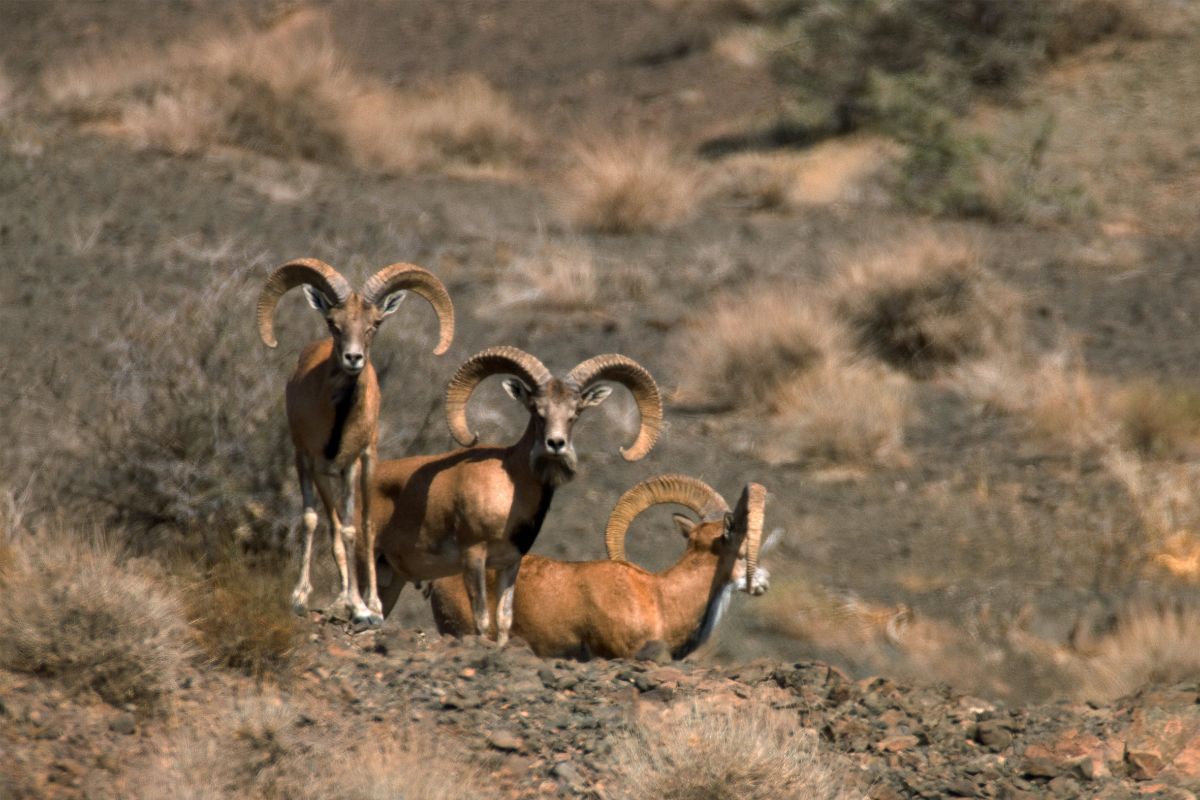
The flagship species of the Kopet Dag Woodlands and Forest Steppe ecoregion is the urial. Image credit: Creative Commons
The Kopet Dag Woodland and Forest Steppe ecoregion encompasses the Kopet Dag—a chain of mountains stretching along the border of Iran and Turkmenistan—as well as a disjunct section further north in the Uly Balkan mountain range. The ecoregion supports myriad habitats ranging from low-lying, rolling hills cut with gorges to spectacular cliffs and crags up to 3,000 m high. Sub-zero temperatures and snow lasting several months are common in winter, whereas summer day temperatures can reach up to 45ºC in some parts. Average annual precipitation ranges from 300–400 mm at mountain summits to around 140 mm at lower elevations, falling largely between November and April.

Wild Boar. Image credit: Valentin Panzirsch, Creative Commons
As a global biodiversity hotspot, this region boasts a high number of endemic species owing to its complex topography and diversity of habitats. The majority of these endemics are found in the foothills and around middle elevation ranges, and are mostly concentrated on specific substrates including rocks, clay, marlstone and wind-blown silt, or loess. Artemisia steppe and Salsola are common on the low foothills, transitioning to mixed deciduous scrub, Stipa steppe and mature juniper forests on steep mountainsides and ridges. Tulipa micheliana, Hyacinthus transcaspicus, and Popoviolimon turcomanicum are some of the plants endemic to the area. This ecoregion has also been described as a ‘centre of origin’ owing to the presence of several wild relatives of cultivated plants including pomegranate, fig, cherry, walnut. Pistachio, and almond.
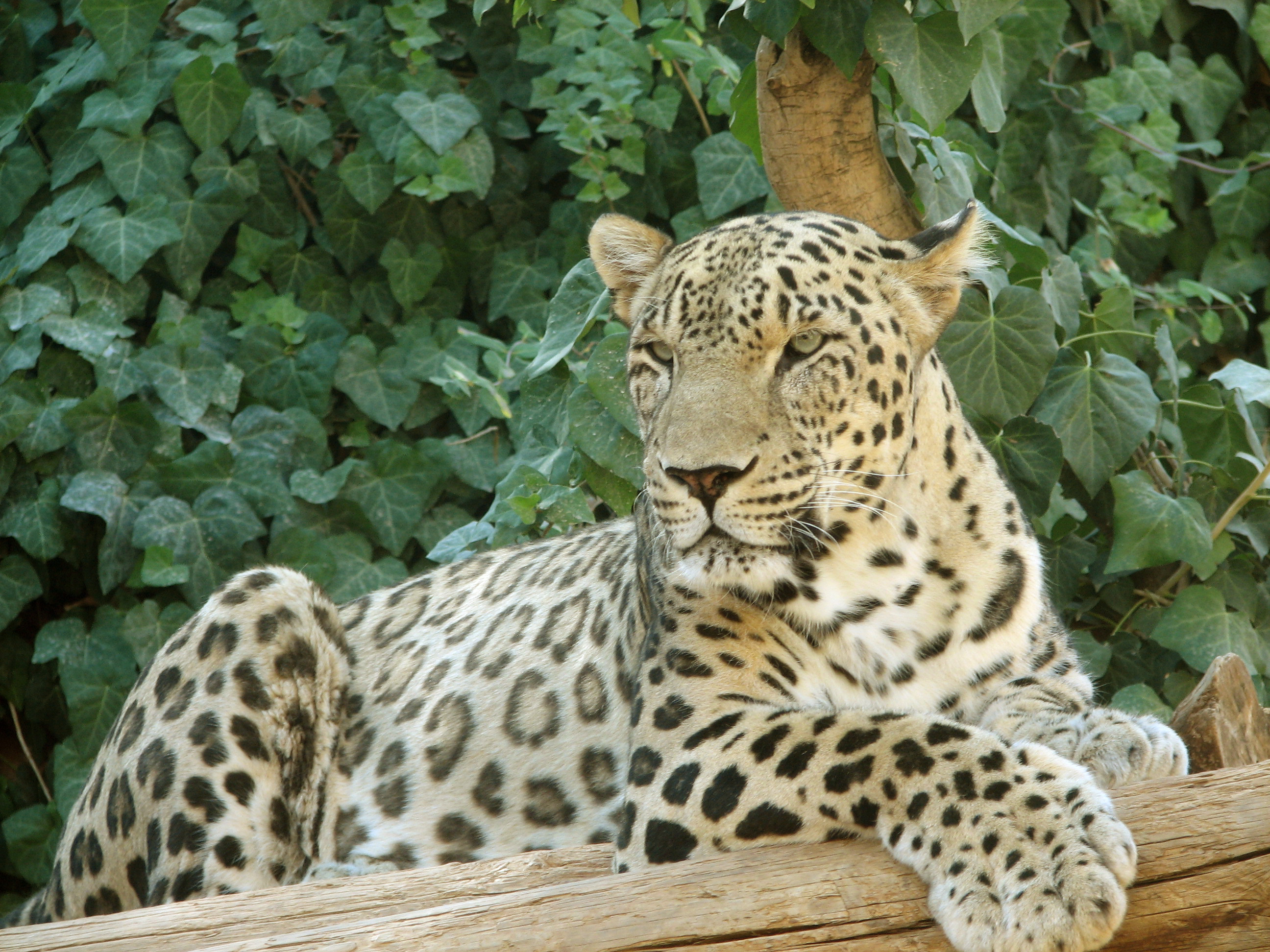
Persian leopard. Image credit: Tamar Assaf, Creative Commons
Rich woodlands and expansive steppes lend themselves to an exceptional diversity of wildlife. Badgers, wild boar, red and corsac foxes, and Indian crested porcupines are fairly common across the region, whilst lynx and the vulnerable urial, goitered gazelle, and wild goat can also be spotted. Persian wild ass—also known as onager—have been reintroduced at a few sites such as the Mene-Chcacehe plain, and sightings of the magnificent Persian leopard have been made over much of the area.
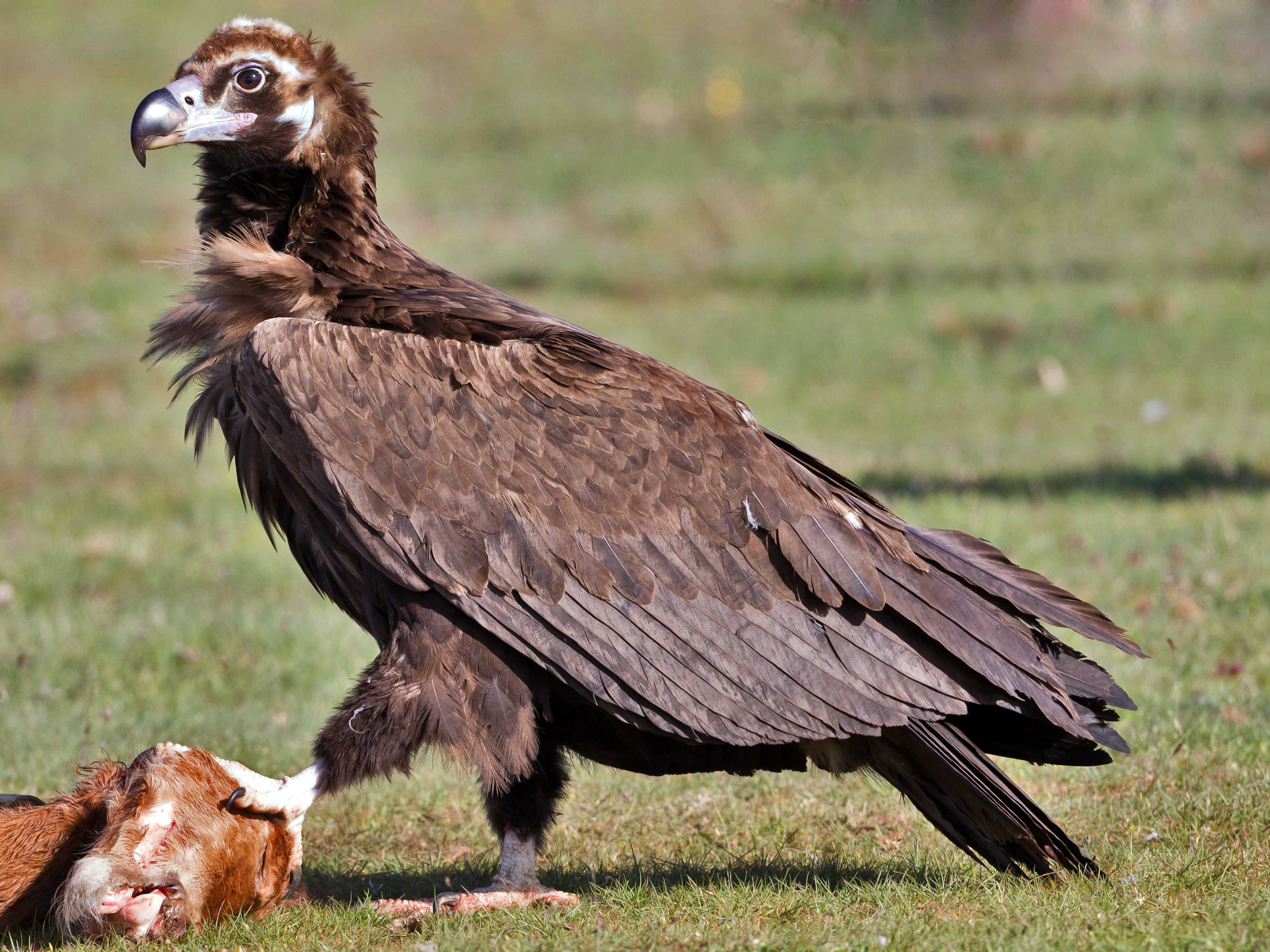
Cinereous vultures. Image credit: Juan Lacruz, Creative Commons
Endemic mammals include the Kopet Dag pine vole. Of the avifauna, chukar partridges, grey-necked bunting, and kestrels are common, while near-threatened cinereous vultures, bearded vultures, and little bustards can also be spotted. The ecoregion is also the only site in Iran with a population of the white-winged grosbeak. Caucasian rock agamas, Eurasian blind snakes, and Bufotes turanensis are typical amphibians and reptiles, with the latter endemic to the wider region.
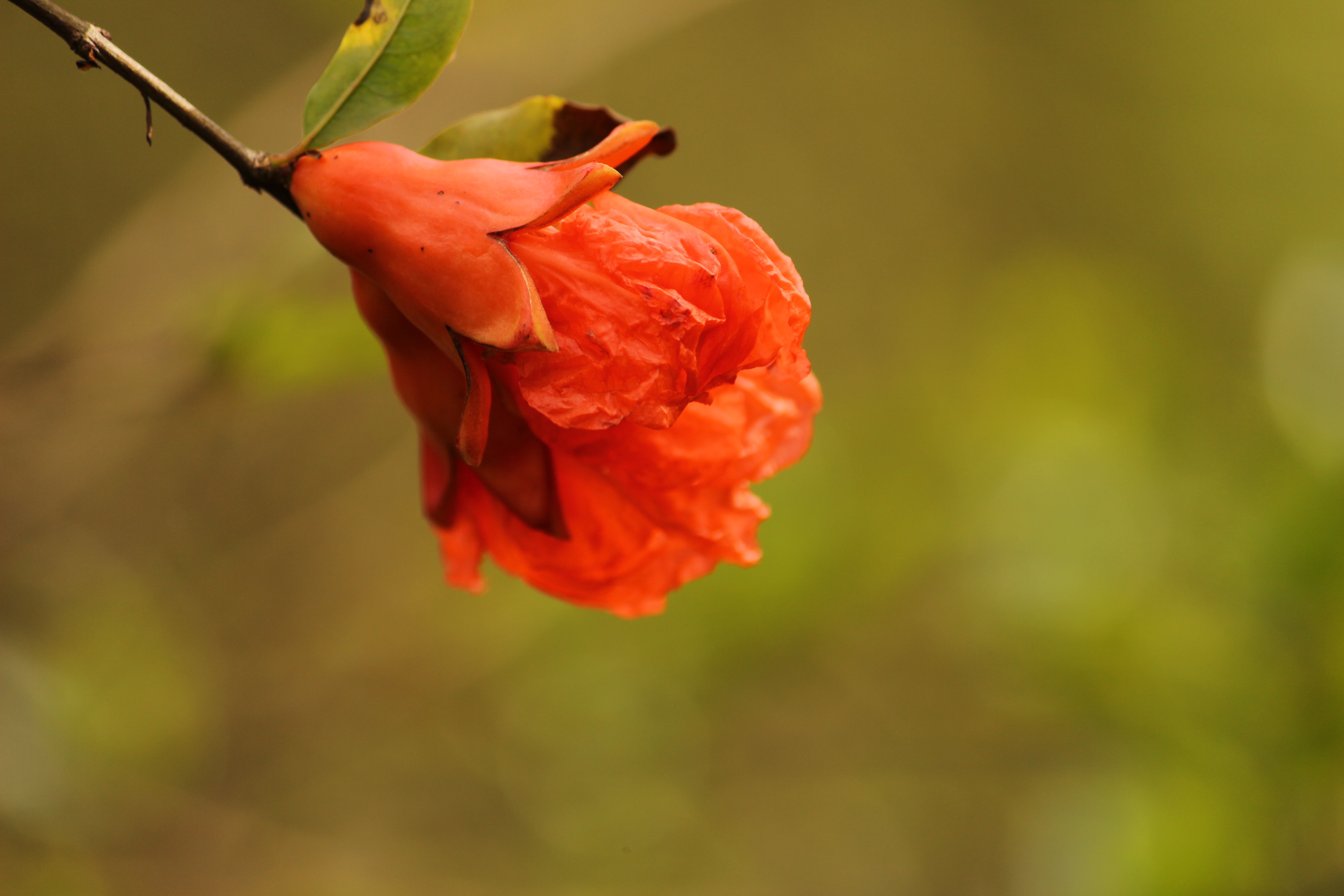
Pomegranate flower. Image credit: Creative Commons
Extensive tree felling for firewood over the past two centuries has reduced woodland cover in many areas, and species such as juniper, Salsola, and Haloxilon aphyllum continue to be harvested today. Livestock farming is a major land use and, whilst grazing pressure was spread more evenly in the past, recent collective land and farm ownership has concentrated livestock around rural settlements, leading to significant overgrazing. On higher grounds, this heavy grazing has caused extensive vegetation loss, disrupting water flows and disturbing woodlands on lower slopes. Whilst numerous protected areas exist within the region, these cover less than 5% of the land. Several IBAs have been designated across the ecoregion, as well as a UNESCO Biosphere Reserve.
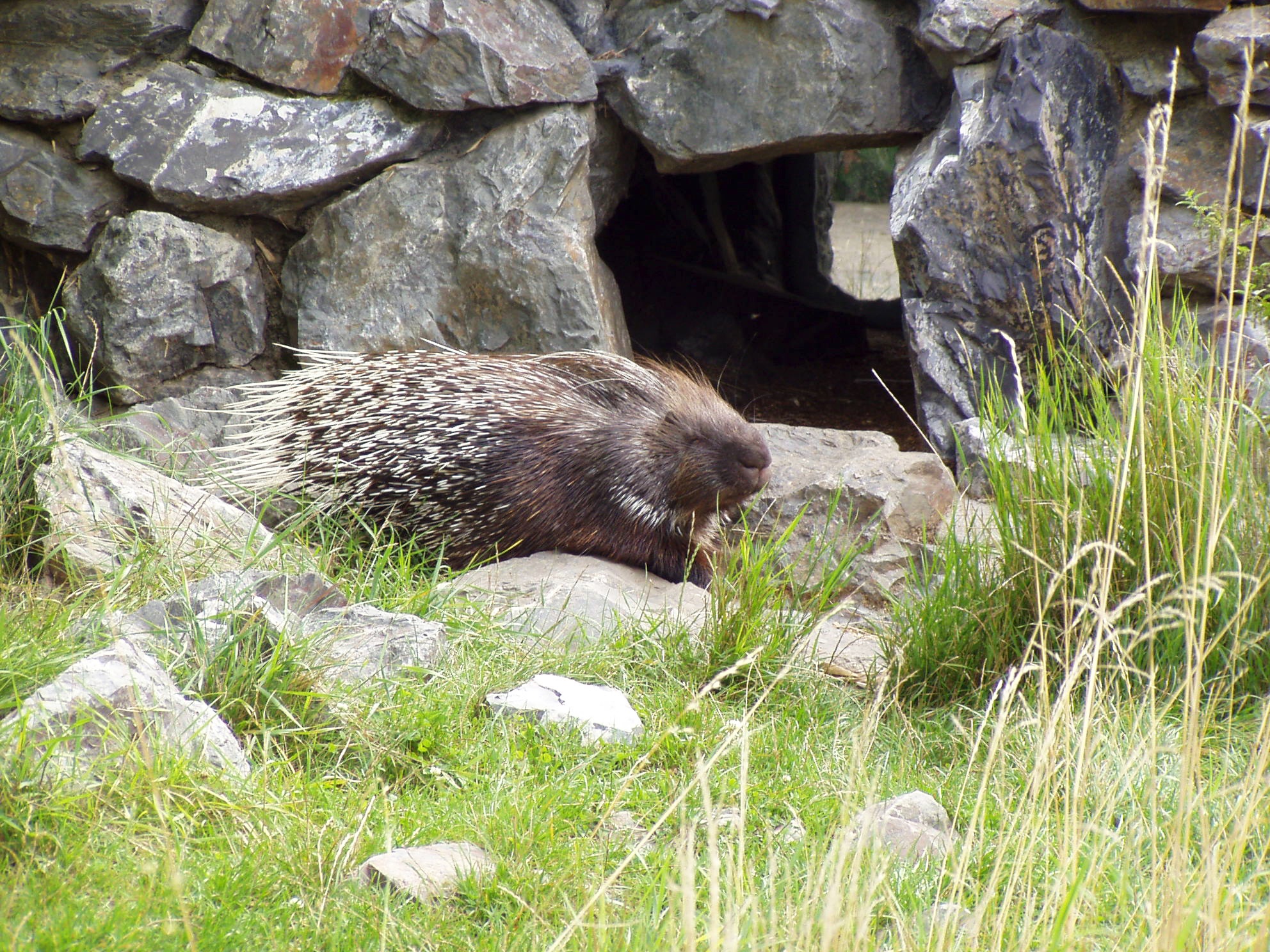
Indian porcupine. Image credit: Creative Commons
Vegetation loss from the unsustainable use of natural resources through firewood collection and overgrazing by livestock is compounded by climate change and the increasing intensity of summer and winter droughts. Habitat destruction has led to declines in the population of many large mammals, which in turn has impacted the local leopard population. Illegal hunting of species such as the urial and leopard threatens these populations further.
The priority conservation actions over the next decade will be to: 1) expand protected area coverage across the ecoregion; 2) undertake large-scale woodland restoration efforts; and 3) engage with local communities to encourage protection of the landscape and minimize the impact of livestock grazing.
Citations:
- Islamic Republic of Iran (2019) ‘The Fifth National Report to the Convention on Biological Diversity’. [Online]. Available from: https://www.cbd.int/doc/world/ir/ir-nr-05-en.pdf [Accessed 16/12/2019].
- Memariani F. et al. (2016) ‘A review of plant diversity, vegetation, and phytogeography of the KhorassanKopet Dagh floristic province in the Irano-Turanian region (northeastern Iran– southern Turkmenistan)’. Phytotaxa. 249(1):008-030.
- BirdLife International (2019) ‘Important Bird Areas factsheet: Kurendag – Garagoz’. [Online]. Available from: http://datazone.birdlife.org/site/factsheet/22116 [Accessed 16/12/2019]
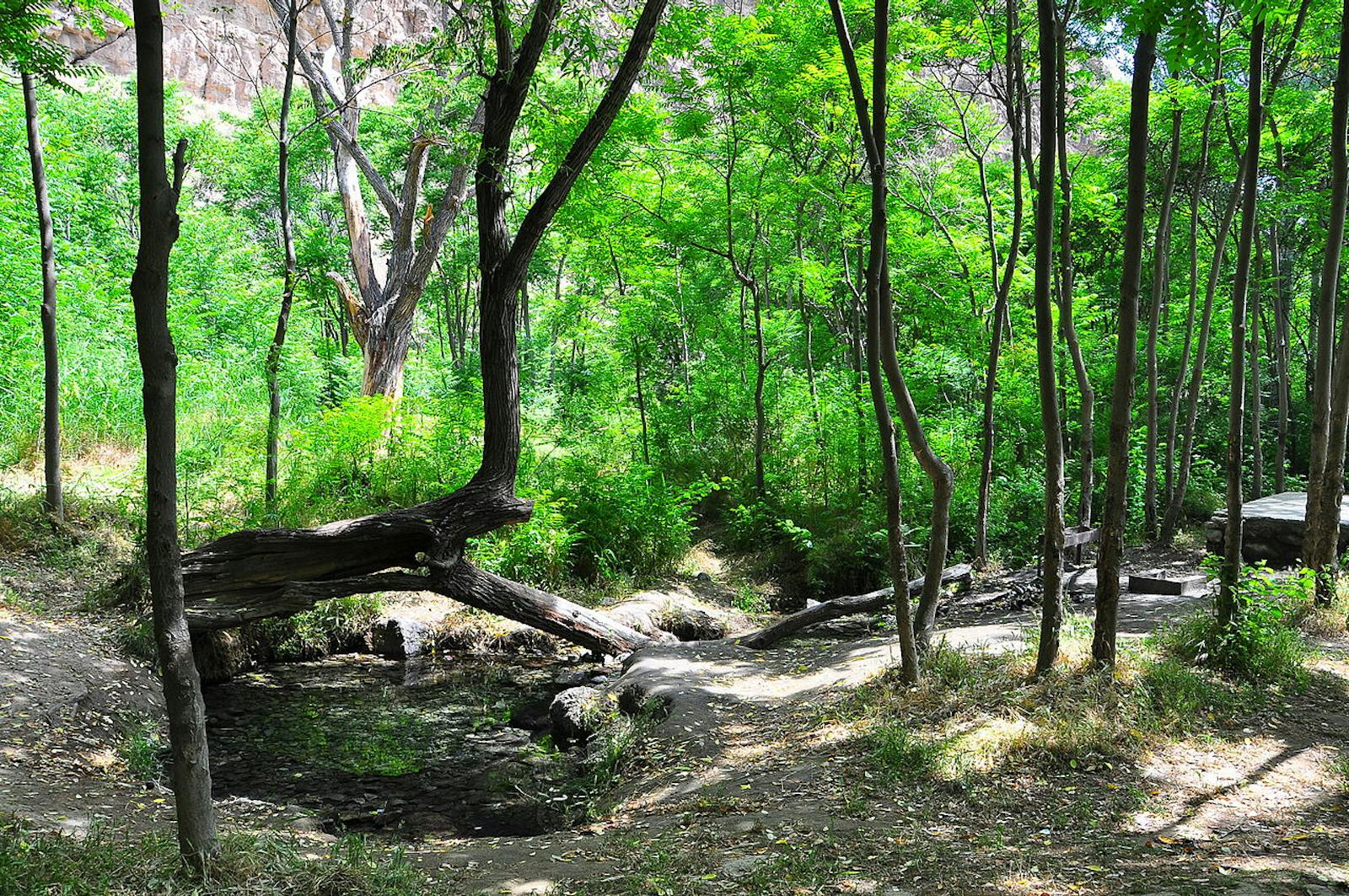
.png?auto=compress%2Cformat&w=300)

